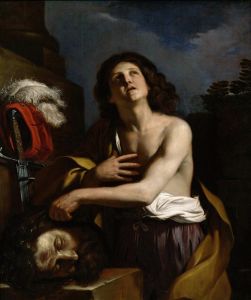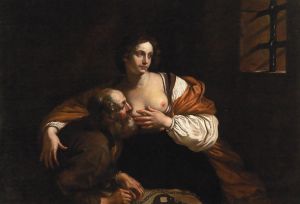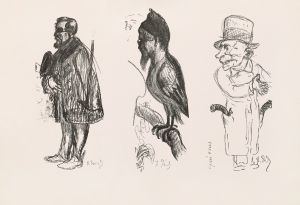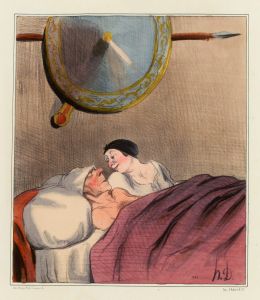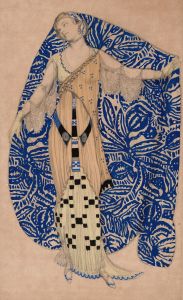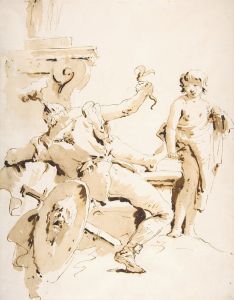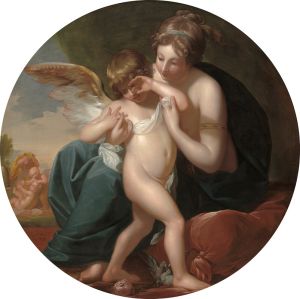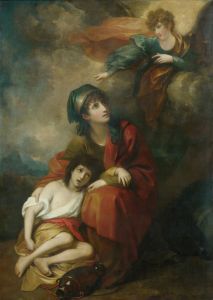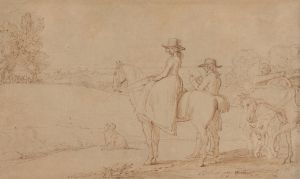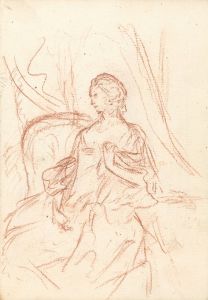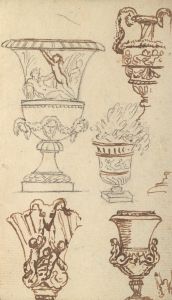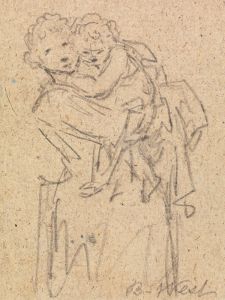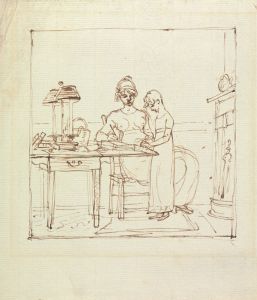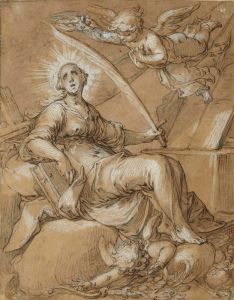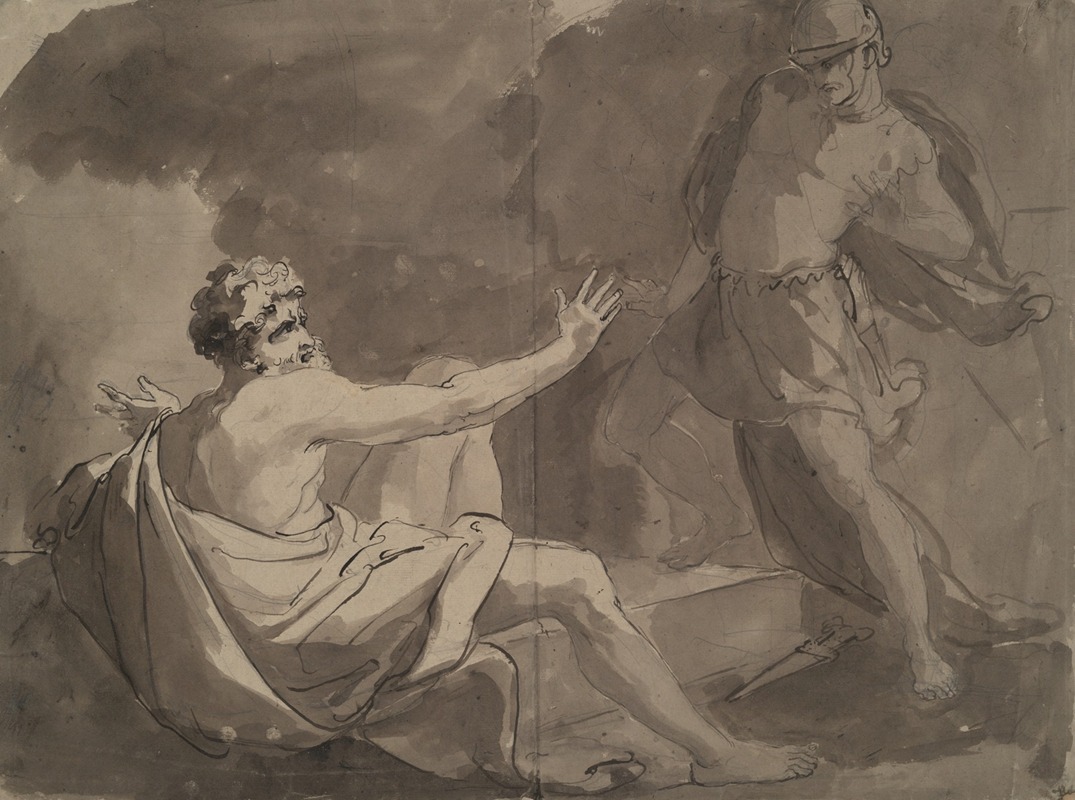
Classical Scene
A hand-painted replica of Benjamin West’s masterpiece Classical Scene, meticulously crafted by professional artists to capture the true essence of the original. Each piece is created with museum-quality canvas and rare mineral pigments, carefully painted by experienced artists with delicate brushstrokes and rich, layered colors to perfectly recreate the texture of the original artwork. Unlike machine-printed reproductions, this hand-painted version brings the painting to life, infused with the artist’s emotions and skill in every stroke. Whether for personal collection or home decoration, it instantly elevates the artistic atmosphere of any space.
"Classical Scene" is a painting by Benjamin West, an Anglo-American painter who was a significant figure in the development of historical painting in the 18th century. Born in 1738 in Springfield, Pennsylvania, West showed an early talent for art and eventually became a prominent artist in both America and Europe. He is best known for his historical scenes, which often depicted contemporary events with classical influences.
"Classical Scene" is one of West's works that exemplifies his ability to blend classical themes with contemporary subjects. The painting is characterized by its use of classical architecture, figures in ancient attire, and a composition that reflects the influence of classical antiquity. West was heavily influenced by his studies in Italy, where he absorbed the styles and techniques of Renaissance and Baroque masters. This influence is evident in "Classical Scene," which showcases his skill in creating a harmonious and balanced composition.
The painting features a group of figures set against a backdrop of classical ruins, which may symbolize the enduring legacy of ancient civilizations. The figures are depicted in various poses, engaging in activities that suggest a narrative, although the specific story being told is not immediately clear. This ambiguity allows viewers to interpret the scene in different ways, adding to the painting's intrigue and appeal.
West's use of light and shadow in "Classical Scene" demonstrates his mastery of chiaroscuro, a technique he likely adopted from his study of Italian art. The interplay of light and dark areas in the painting creates a sense of depth and three-dimensionality, drawing the viewer's eye into the scene. The careful attention to detail in the rendering of the figures and the architectural elements further enhances the realism and classical beauty of the work.
As with many of West's paintings, "Classical Scene" reflects his interest in history and his desire to elevate contemporary art by incorporating classical themes and techniques. West believed that art should not only depict historical events but also convey moral and philosophical messages. This belief is evident in "Classical Scene," where the classical setting and figures may be intended to evoke ideas of virtue, heroism, and the timeless nature of human endeavors.
Benjamin West's contributions to the art world extend beyond his paintings. He played a crucial role in the establishment of the Royal Academy of Arts in London, where he served as the second president after Sir Joshua Reynolds. West's influence on his contemporaries and subsequent generations of artists was significant, as he helped to shape the development of historical painting and promote the importance of classical education in the arts.
In summary, "Classical Scene" by Benjamin West is a painting that exemplifies the artist's skill in blending classical themes with contemporary subjects. Through its use of classical architecture, figures, and chiaroscuro, the painting reflects West's mastery of technique and his interest in conveying moral and philosophical messages. As a prominent figure in the art world of the 18th century, West's work continues to be celebrated for its historical significance and artistic excellence.





